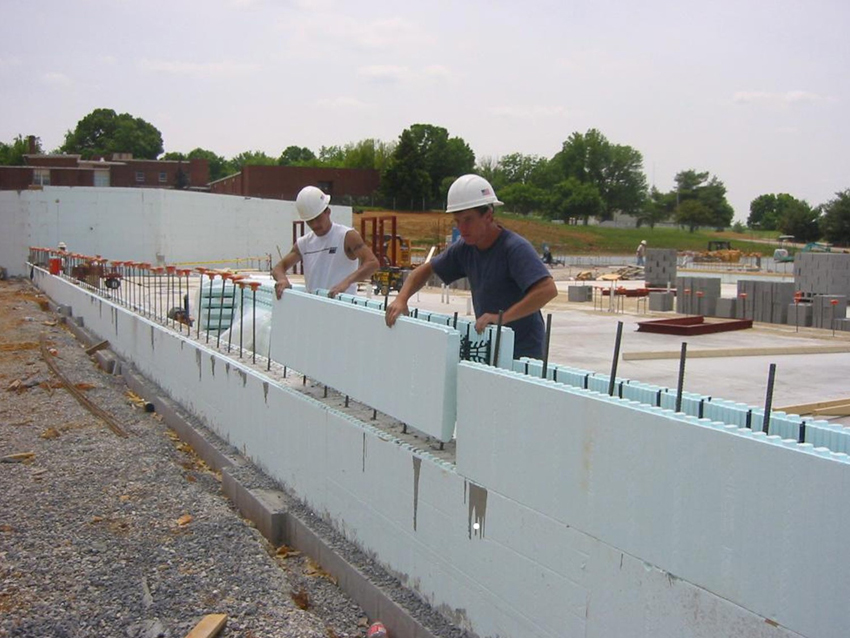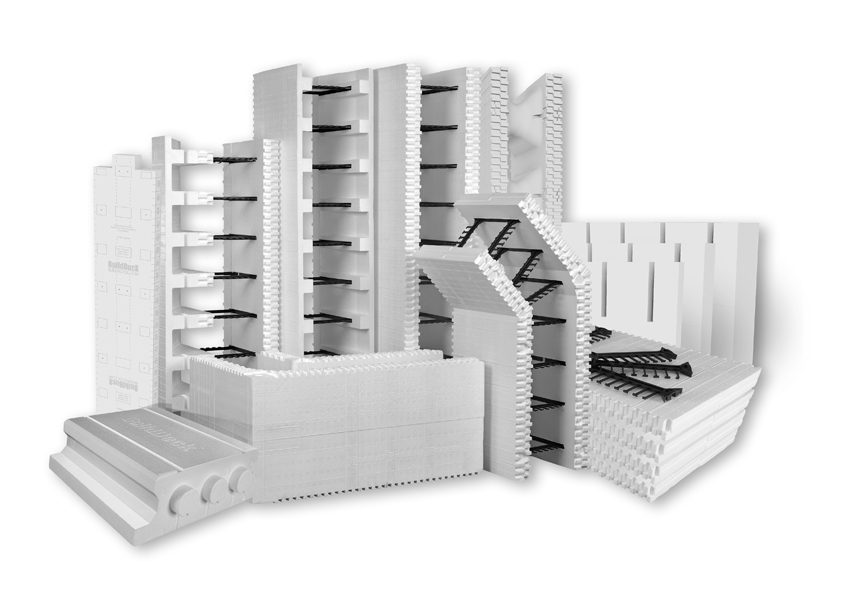Zero-Energy Schools: How Innovative Concrete Systems are Making It Possible
Low-Impact Development Strategies
Conserving water is another way to reduce environmental impact and construction cost. The following low-impact development strategies help meet zero-energy goals:
- Utilizing native plantings and rain gardens helps reduce irrigation demands.
- Using permeable pavements reduces stormwater runoff, filters stormwater, and reduces the need for expensive stormwater infrastructure.
- Permeable pavements and rain gardens can eliminate the need for detention basins, leaving more space for athletic fields and outdoor education opportunities for students.
Energize the Curriculum
Finally, make sure you engage the students and teachers by providing learning opportunities about energy efficiency and how the zero-energy building is helping reduce environmental impacts. Richardsville Elementary School used the following displays and interactive stations to help students visualize their contributions to reducing environmental impacts:
- Geothermal energy: Provide detail on how geothermal energy works, and expose piping with a temperature gauge so that students can monitor the system’s performance.
- Solar energy: Provide detail on how solar energy is captured and converted to electricity for use in the building. Provide a gauge to show how much energy is being produced. Provide a laptop computer battery-charging station where students can see the energy being received from the solar panels.
- Water conservation: Provide a station on water conservation that enables students to monitor the amount of rainwater collected and used in the rain garden.
Beyond Zero-Energy Schools
Schools are not the only building type going zero energy, nor are they the only building type using ICF construction. There are examples of high-performance ICF buildings all over the United States and Canada, including single-family residential, multifamily residential, hotels, dormitories, assisted living facilities, offices, health-care facilities, and manufacturing and warehouse buildings. Theaters are also trending toward ICF construction for superior sound attenuation.











